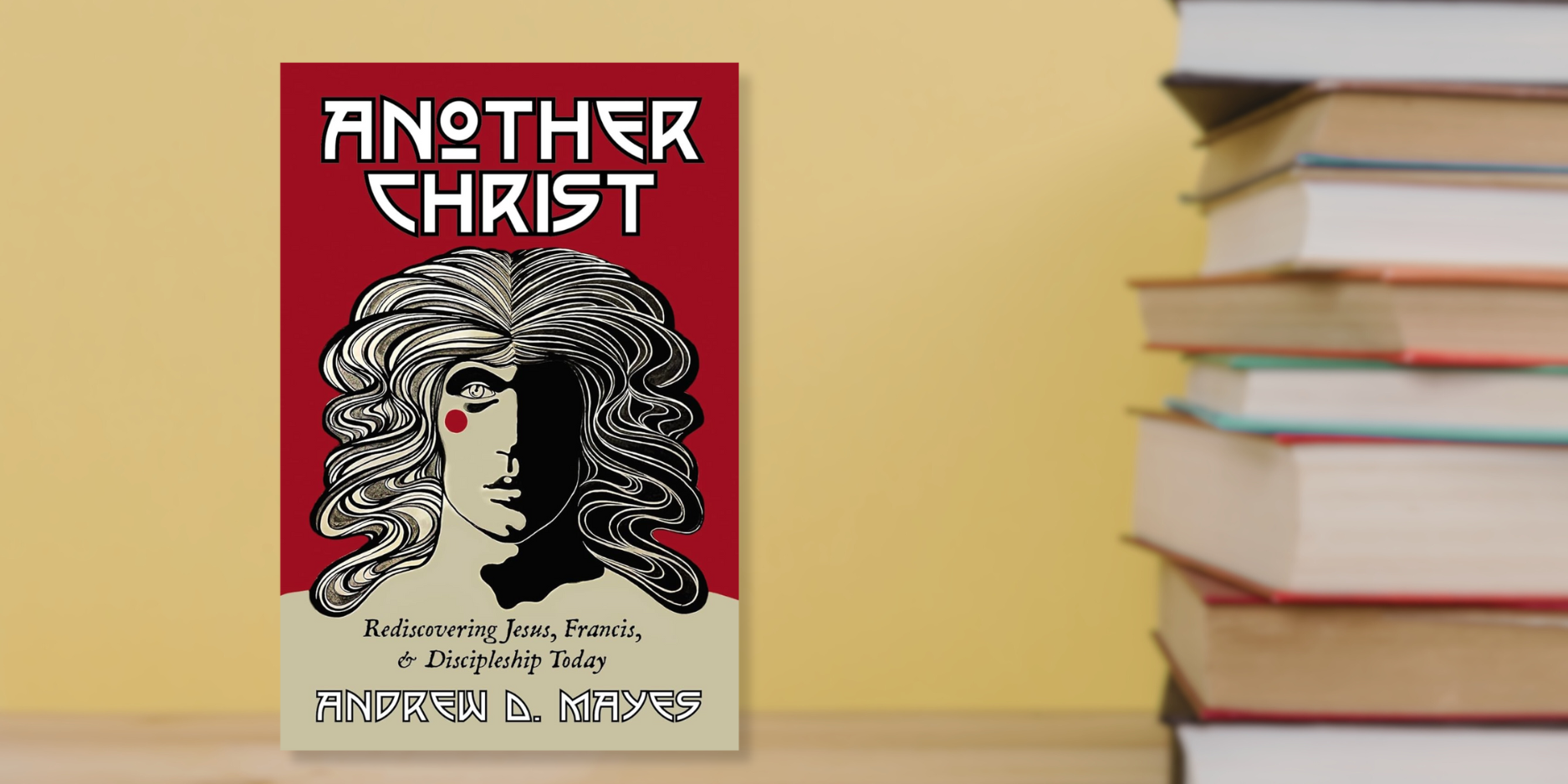Studying the face of Jesus
Canon Dr Andrew Mayes is a retired priest at Leominster Priory and author of several books. He was formerly the Spirituality Adviser to the Diocese of Cyprus and the Gulf. Here he talks about the face of Jesus – the one we imagine or the one he reveals in the gospels?
Recently I’ve been in touch with David Byrd, a famous artist who lives in Los Angeles. He’s well known for his iconic psychedelic rock posters. His designs helped define the look of rock and roll music starting in the 1960s: he created the famed 1968 Jimi Hendrix Experience poster and ones for the Rolling Stones, The Who, Prince, David Bowie, the Beach Boys and many others.
But I was talking to him about an image that has transfixed me since I first saw it at Wyndham’s Theatre in 1972: the image he created for Godspell, a musical based on St Matthew’s Gospel. It is an image of Christ that conveys to me his majesty and mystery. The two sides of his face, one in shadow, present an enigmatic and intriguing image of Jesus, his verve and energy. And of course it is very Seventies! I was asking David Byrd if I could use this image on the cover of my book Another Christ: Rediscovering Jesus, Francis, and Discipleship Today. Graciously, he said “Yes! Send me a copy!”
What is your default image of Jesus? What image or picture comes into your mind when his name is mentioned? Some might have a sickly “gentle Jesus meek and mild” derived from soppy Victorian paintings of a bearded Jesus with long hair and white skin. But what about you? Pause and think about it a moment, before you read on.
In my years of living in Jerusalem I discovered another Christ. Jesus the builder, hermit, rebel, a mystic, jester, poet, iconoclast, liberator, brother, pilgrim (I explore these in my book). The Godspell musical imagines Jesus as a clown, delighting in his humour. What about a related image – Jesus the Dancer?
He alludes to himself in the Gospel as the leader of a dance, both physical and metaphorical, asking: “But to what will I compare this generation? It is like children sitting in the marketplaces and calling to one another: ‘We played the flute for you and you did not dance’” (Luke 7:32). I imagine Jesus also phrasing this positively: “The Kingdom is at hand. Listen to the children! As they are piping, they call out: ‘come and join in the dance!’” In the Beatitudes Jesus says: “Dance for joy, for surely your reward is great in heaven” (Luke 6:23). As C.S. Lewis says: “The most important difference between Christianity and all other religions is this: that in Christianity God is not a static thing – but a dynamic, pulsating activity, a life, almost a kind of drama, a kind of dance...The whole dance, or drama, is to be played out in each one of us: each one of us has got to enter that pattern, take our place in that dance. There is no other way to the happiness for which we are made.”
That is it. He puts his finger on the point. We’re invited to join the dance – not loiter nervously on the edges of the dancefloor, but throw ourselves, skilfully or clumsily, into the dance of Jesus. We start to learn the steps, catch the rhythms of grace, discover the life-giving joy of Jesus. He does not ask us to understanding everything in advance, but to take the risk of participating in his divine life. We are not aiming to end up on Strictly! We are simply responding to his invitation! Who knows, our image of Jesus might be revolutionized. And we might rediscover ourselves in the process!
- ENDS -

